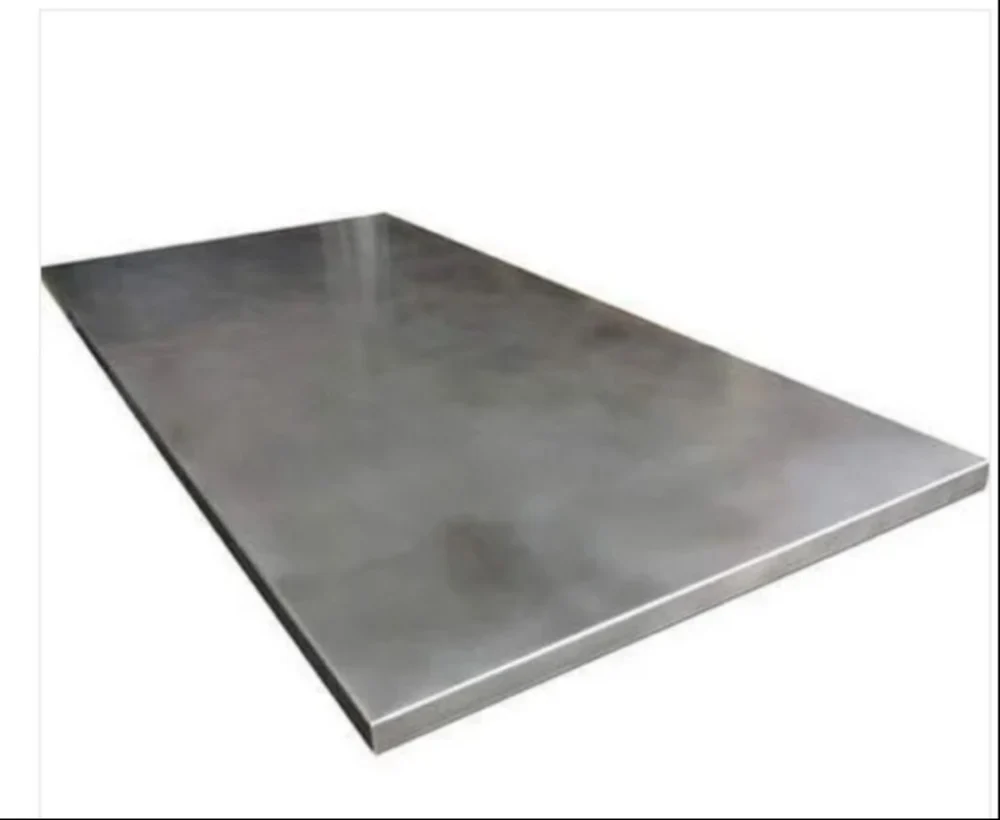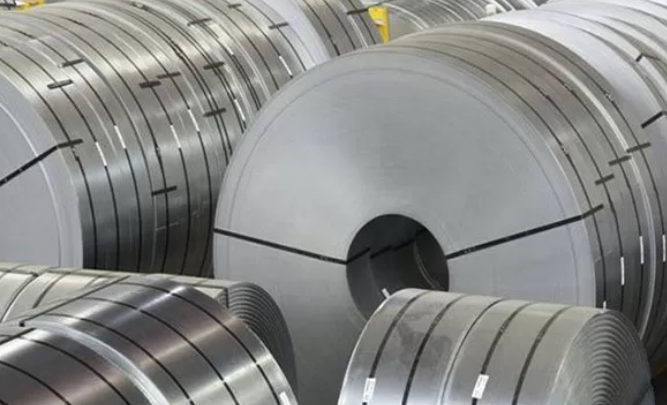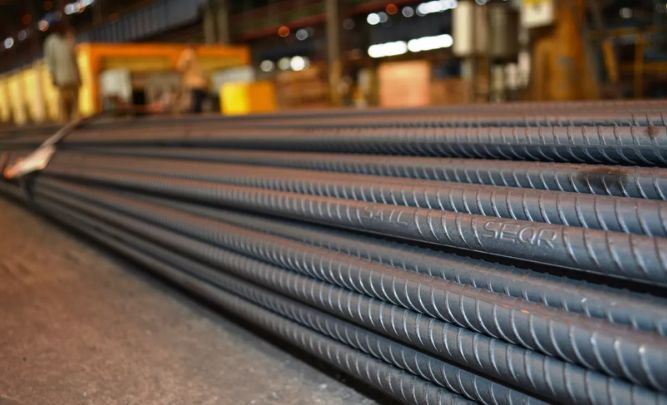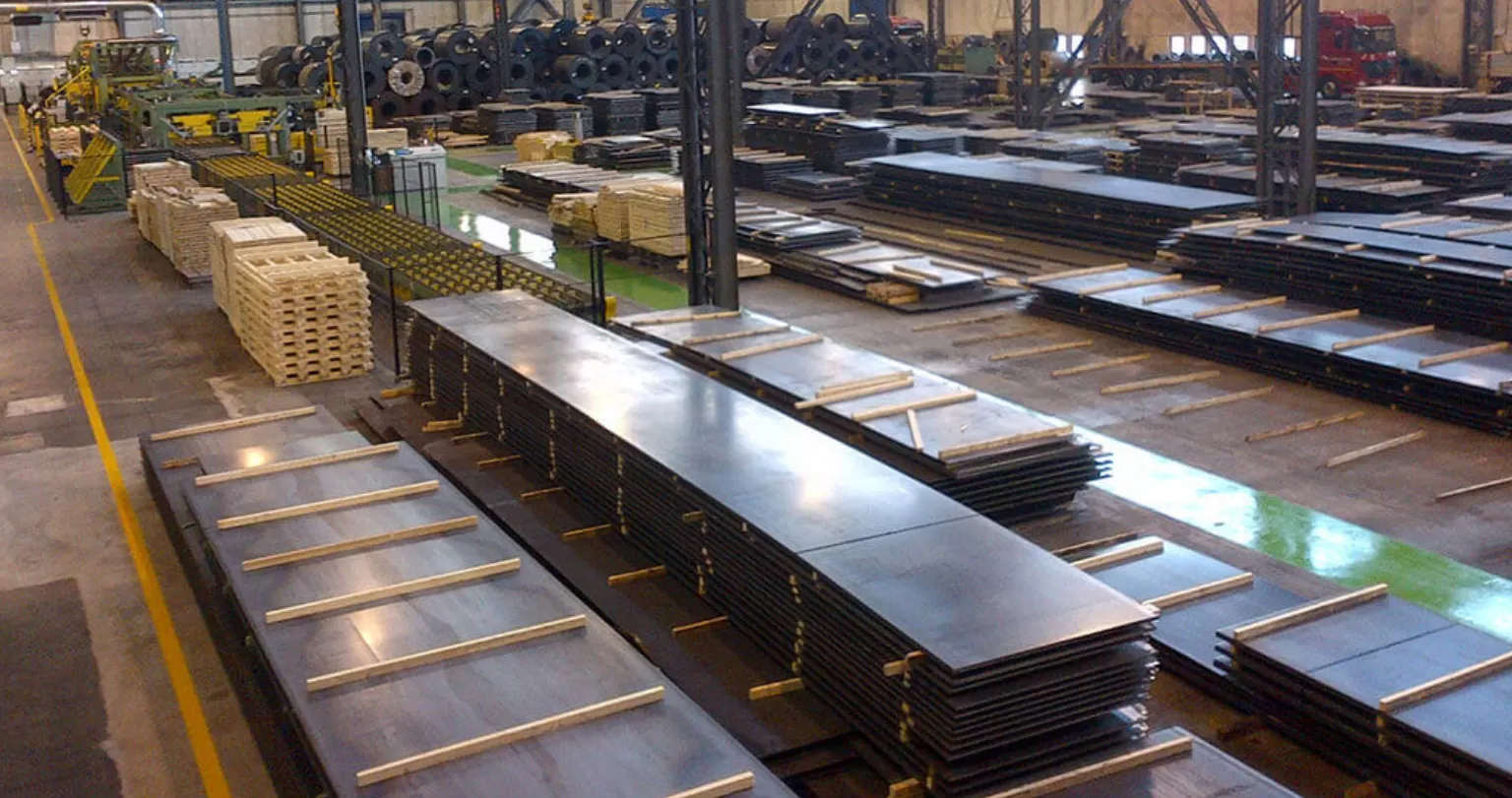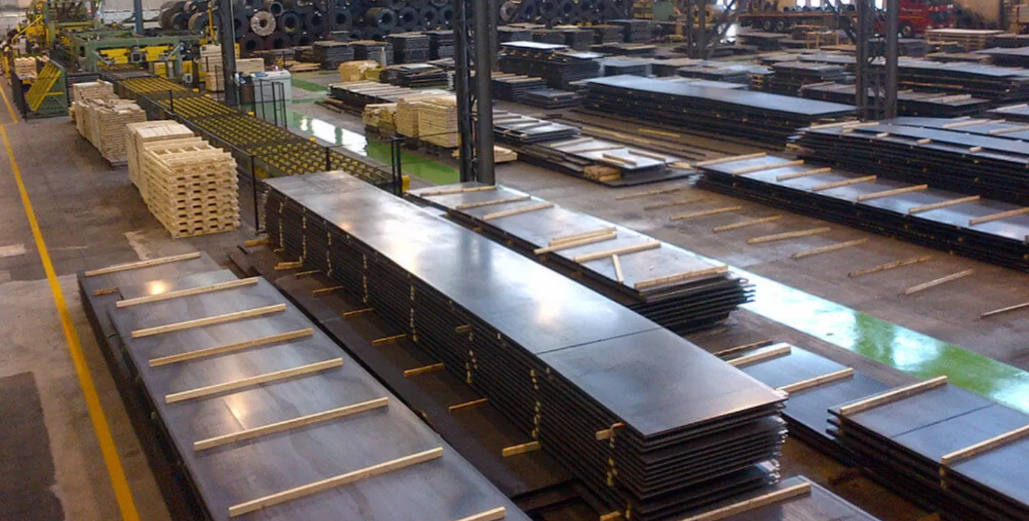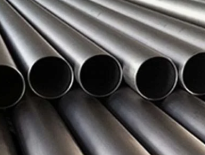Sanicro 28 plates are a high-performance nickel alloy, that is designed to withstand harsh conditions, particularly those that contain carbon dioxide. There are significant corrosion issues in the natural gas, chemical processing and oil refining industries. These circumstances frequently cause traditional alloys to fail, necessitating regular maintenance, and replacement. Sanicro 28 plates are a dependable choice due to its remarkable strength, extended lifespan and ability to withstand CO₂ corrosion. As a result, they are a very popular choice for crucial activities where durability, and safety are top priorities.
This blog looks into the differences between traditional alloys and Sanicro 28 plates in high-carbon dioxide conditions. It describes how they differ in terms of strength, corrosion resistance, temperature performance, applications, cost, and maintenance.
Differences Between Sanicro 28 Plates and Traditional Alloys
Sanicro 28 plates and traditional alloys behave very differently in carbon dioxide exposure conditions. The selection between the two depends on the operating conditions, temperature, and desired service life. While Sanicro 28 plates are designed to be resistant to aggressive CO₂ corrosion, conventional alloys usually need protective schemes, or replacement at frequent intervals. The following sections detail these differences in terms of key performance areas.
- Corrosion Resistance
Sanicro Plates: The Sanicro 28 plates are highly resistant to carbon dioxide corrosion. Their nickel-rich structure prevents pitting, stress corrosion cracking and surface degradation. Due to this, they are dependable even in areas with high CO2 levels, or sour gas pipes. Long term structural maintenance of the alloy reduces the possibility of unexpected failures.
Traditional Alloys: In environments high in CO₂, conventional alloys such as carbon steel, or regular stainless steel deteriorate more quickly. Corrosion may occur, when their protective oxide coatings degrade. This eventually results in equipment damage, leakage and increased maintenance needs.
- Temperature Performance
Sanicro Plates: Sanicro 28 plates can withstand temperatures up to 200–250°C without losing corrosion resistance. The alloy remains stable, avoiding scaling, oxidation or weakening of its surface. It is appropriate for high temperature chemical, and gas processing applications, due to its features.
Traditional Alloys: At higher temperatures standard alloys lose their protective qualities. Degradation of the oxide layers causes corrosion. As a result they are less reliable in hot CO₂ environments, increasing the risk of structural failures.
- Strength and Durability
Sanicro Plates: Sanicro 28 plates offer enhanced tensile strength and toughness. They are resistant to cracking, deformation and wear when subjected to mechanical stress. Such durability allows the plates to have a longer lifespan, even in extreme, corrosive environments, minimizing the need for constant replacement.
Traditional Alloys: Conventional alloys can weaken over time under combined stress and CO₂ exposure. Corrosion reduces their mechanical strength, making them more prone to leaks or cracks. This shortens the service life and reliability of equipment.
- Industrial Applications
Sanicro Plates: Sanicro 28 plates are widely used in pipelines, heat exchangers, and chemical reactors. They are particularly effective in transporting sour gas or handling CO₂-rich fluids. Their corrosion resistance ensures safe and efficient operation in critical systems.
Traditional Alloys: Traditional alloys are used in low-risk or less corrosive environments. They require coatings or inhibitors to function in CO₂-exposed systems. Without protection, these alloys fail faster and need more maintenance.
- Maintenance and Lifecycle
Sanicro Plates: Due to their resistance to corrosion, Sanicro 28 plates require minimal maintenance. They require fewer inspections and have a longer lifespan. For industrial processes, this means reduced operating costs and increased durability.
Traditional alloys: In situations with a high CO2 content, traditional alloys require routine maintenance. Corrosion and wear increase inspection costs and downtime. Over time, this reduces efficiency, and raises overall operating expenses.
- Cost Considerations
Sanicro Plates: Although the initial cost is higher, Sanicro 28 plates are cost-effective over the long term. Their resistance to corrosion, and long service life reduce repair, replacement, and downtime costs. They add value by protecting critical systems.
Traditional Alloys: Traditional alloys could be less costly at first glance but regular replacement, and high maintenance make them more costly in the long period. This reduced the lifespan and lower dependability in CO₂ atmospheres raised overall operating expenses.
Conclusion
When exposed to carbon dioxide Sanicro 28 plates perform significantly better than traditional alloys. They require less maintenance, are resistant to corrosion and remain strong in extreme temperatures. Equipment that handles CO₂-rich fluids or sour gas is safer, more durable and more reliable. In situations where conventional alloys are inadequate, selecting Sanicro 28 plates ensures reliable performance. They are a preferred option for critical applications, due to their demonstrated performance in harsh environments. Industries, may increase operational safety, save downtime and extend the longevity of systems by investing in Sanicro 28.

